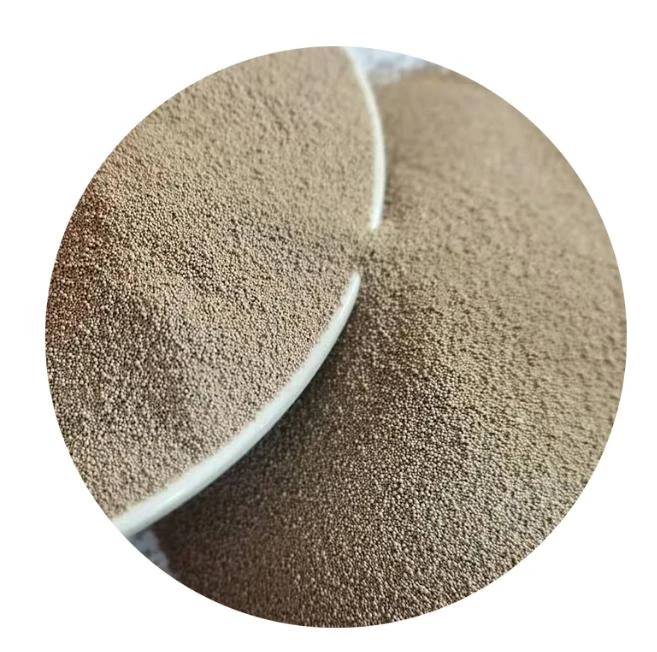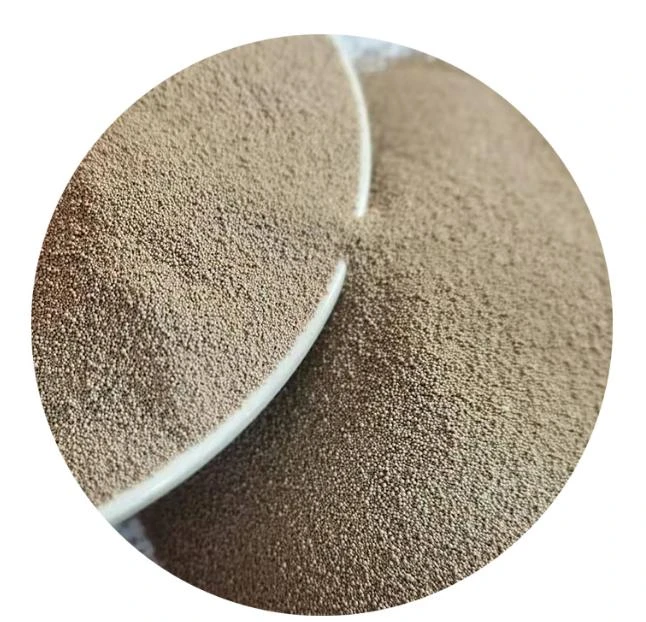

The use of ceramic sand in foundries has been backed by authoritative studies that demonstrate its superiority over traditional materials. For instance, research has shown that the dimensional accuracy and surface quality achieved with ceramic sand are notably better, reducing the need for machining and allowing for more complex geometries. Trustworthiness in product performance cannot be overlooked. Companies that have switched to ceramic sand have consistently reported enhanced production efficiency, reduced material wastage, and significant improvements in the lifecycle of manufacturing components. This reliability is essential for maintaining supply chain stability and assuring end-users of consistently high-quality products. In line with experience and expertise, ceramic sand’s adaptability extends to various industrial applications, including automotive components, aerospace parts, and intricate sculptures. Its capacity to produce thin-walled castings without compromise on strength or detail stems from years of meticulous engineering and development. In conclusion, ceramic sand is an exemplary product that integrates the principles of experience, expertise, authoritativeness, and trustworthiness, setting a new standard in the casting industry. Not only does it elevate the quality of cast products, but it also contributes positively to sustainability goals, making it an indispensable tool for modern manufacturing practices. As industries continue to seek innovative solutions that combine efficiency and environmental responsibility, ceramic sand is poised to play a pivotal role in shaping the future of manufacturing. Post time:Th1 . 09, 2025 13:44
Next:ceramic sanding
